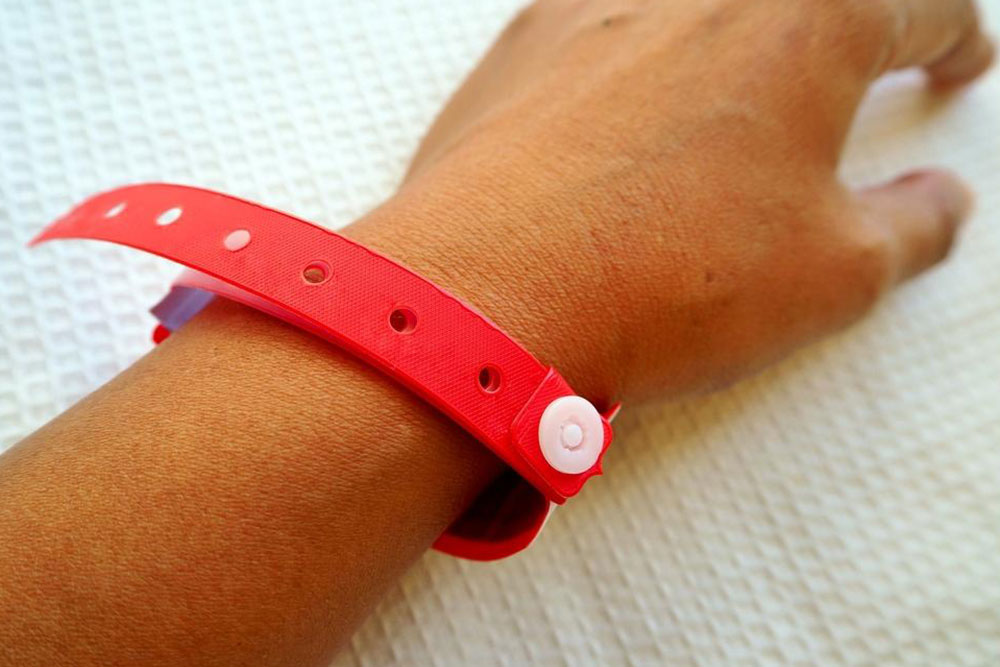Comprehensive Guide to Customizing Your Medical Alert Bracelet for Maximum Safety
This comprehensive guide offers essential tips for customizing your medical alert bracelet to ensure quick, accurate emergency identification. Learn how to select critical medical details, choose durable styles, and update information regularly. Properly engraved medical alert jewelry can dramatically improve emergency response effectiveness, providing peace of mind for individuals with health conditions. Discover practical advice on integrating your medical needs into your daily wear for improved safety and quick recognition in critical moments.

Essential Strategies for Personalizing Your Medical Alert Bracelet
Living with a chronic or serious health condition necessitates taking proactive measures to ensure your safety in all situations. One of the most effective tools for safeguarding your health is wearing a medical alert bracelet. These specialized accessories serve as quick identifiers for emergency rescue teams, doctors, and paramedics, providing critical health information at a glance during emergencies. To maximize their utility, it is vital to carefully select and customize the details engraved on your bracelet, ensuring clarity, accuracy, and completeness to facilitate immediate understanding and action.
When designing your medical alert bracelet, the primary goal is to include essential medical information that helps first responders comprehend your condition swiftly. The most critical component is your primary medical diagnosis, such as diabetes, epilepsy, allergies, or other ongoing health issues. The condition should be engraved prominently, typically in larger font size to catch attention instantly. Accuracy is crucial; double-check spellings and medical terms with your healthcare provider or medical records to avoid any misinterpretation in emergencies.
Complementing the primary diagnosis, your bracelet should also feature emergency contact information. Ideally, include the name and phone number of a trusted individual, such as a family member or close friend, who can provide further details if needed. This information should be easy to read and immediately accessible. In addition, listing allergies—whether to medications, foods, or environmental factors—is essential to prevent allergic reactions or adverse effects. If you are taking any specific medications, such as blood thinners, insulin, or inhalers, include these as well, since they might influence treatment decisions in urgent situations.
Given space constraints, using universally recognized abbreviations can help condense information without sacrificing clarity. For example, abbreviate 'Allergy to Penicillin' as 'PCN Allergy', or 'Insulin-dependent diabetes' as 'IDDM'. However, avoid overly obscure abbreviations that first responders might not understand. It's advisable to discuss your engraving choices with your healthcare provider to ensure everything is understandable and appropriate.
Beyond the core medical details, consider adding supplementary instructions or messages that could be vital during emergencies. For instance, if you have a specific doctor overseeing your care, their name and contact information can be included. Additionally, notes like 'Check wallet' or 'Carry EpiPen' provide helpful cues for paramedics or bystanders. Some individuals also choose to include a brief message encouraging prompt medical attention, such as 'Severe Allergic Reaction' or 'Unconscious – Do Not Resuscitate' (DNR). Always confirm with your healthcare provider what details are best suited for your unique situation.
When selecting a style and material for your medical alert bracelet, consider durability, comfort, and daily wearability. Options range from stainless steel and silicone to leather and hypoallergenic metals. Choose a design that fits your lifestyle and personal aesthetic—whether simple and discreet or bold and decorative. Remember, for maximum effectiveness, you should wear your bracelet every day and ensure the engraved details remain legible over time. Regularly check your bracelet for wear and tear, and update the information if your health status or emergency contacts change.
In conclusion, customizing your medical alert bracelet thoughtfully can significantly enhance your safety and ensure that essential health information is readily available during emergencies. Collaborate with your healthcare provider to determine the most relevant details, select a durable and comfortable style, and keep your information current. Wearing your medical alert bracelet consistently is a proactive step that can make all the difference in urgent situations, providing peace of mind for you and your loved ones. Remember, preparedness is key to ensuring swift medical response and optimal care when it matters most.





